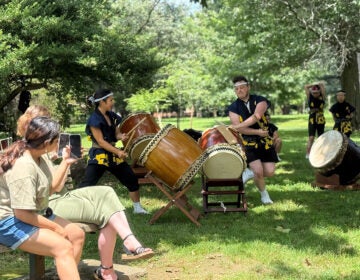With new historical status, St. Augustine fresco may inspire greater veneration in Philly [photos]
Listen-

A newly banded nestling and its mother keeping watch above at the Sedge Island Wildlife Management Area in Barnegat Bay. (Justin Auciello for WHYY)
-

-

Another close approach by an osprey while Ben Wurst works in a nest. (Justin Auciello for WHYY)
-

Ben Wurst tagging a chick while the mother osprey passes very close to the nest. (Justin Auciello for WHYY)
-

Osprey chicks huddling in the nest. (Justin Auciello for WHYY)
-

-

Ben Wurst raises his hand as an osprey approaches the nest. (Justin Auciello for WHYY)
-

Ben Wurst ready to access an osprey nest. (Justin Auciello for WHYY)
-

Ben Wurst unloading a ladder from the boat to access an osprey nest. (Justin Auciello for WHYY)
-

(Justin Auciello for WHYY)
-
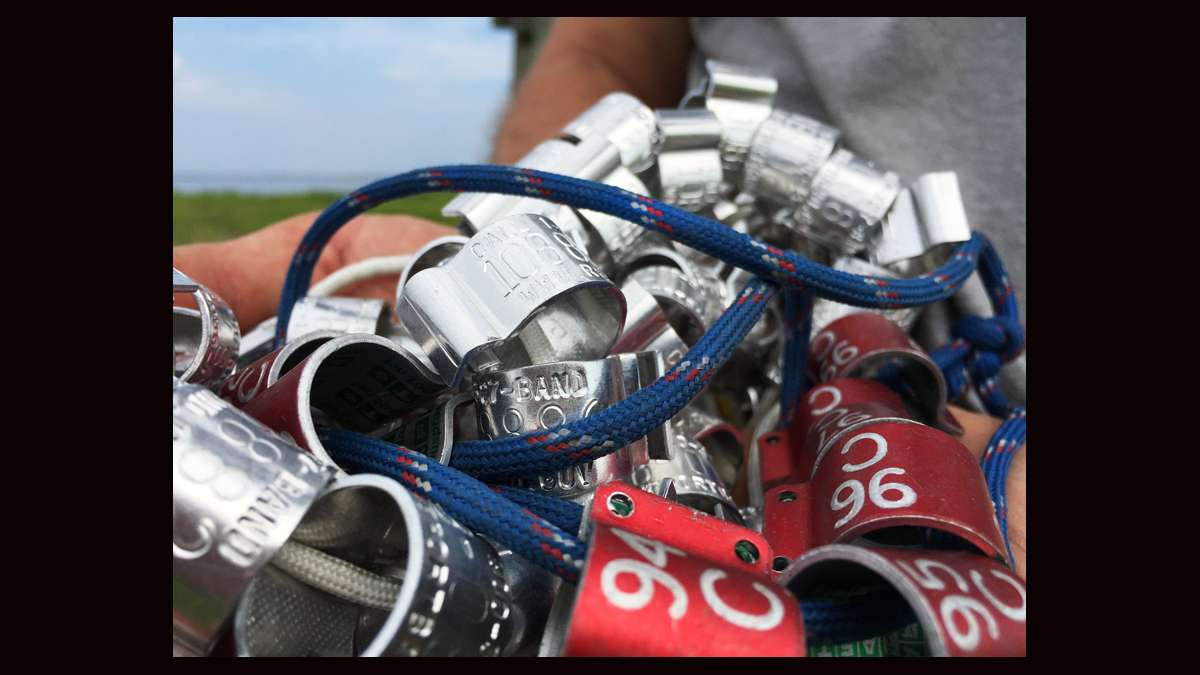
Bands used to identify ospreys. (Justin Auciello for WHYY)
-

Approaching an osprey nest within Sedges Islands State Wildlife Management Area. (Justin Auciello for WHYY)
-

-

Two osprey chicks huddled together. (Justin Auciello for WHYY)
-

The small boat Ben Wurst uses on his osprey survey and banding missions. (Justin Auciello for WHYY)
-
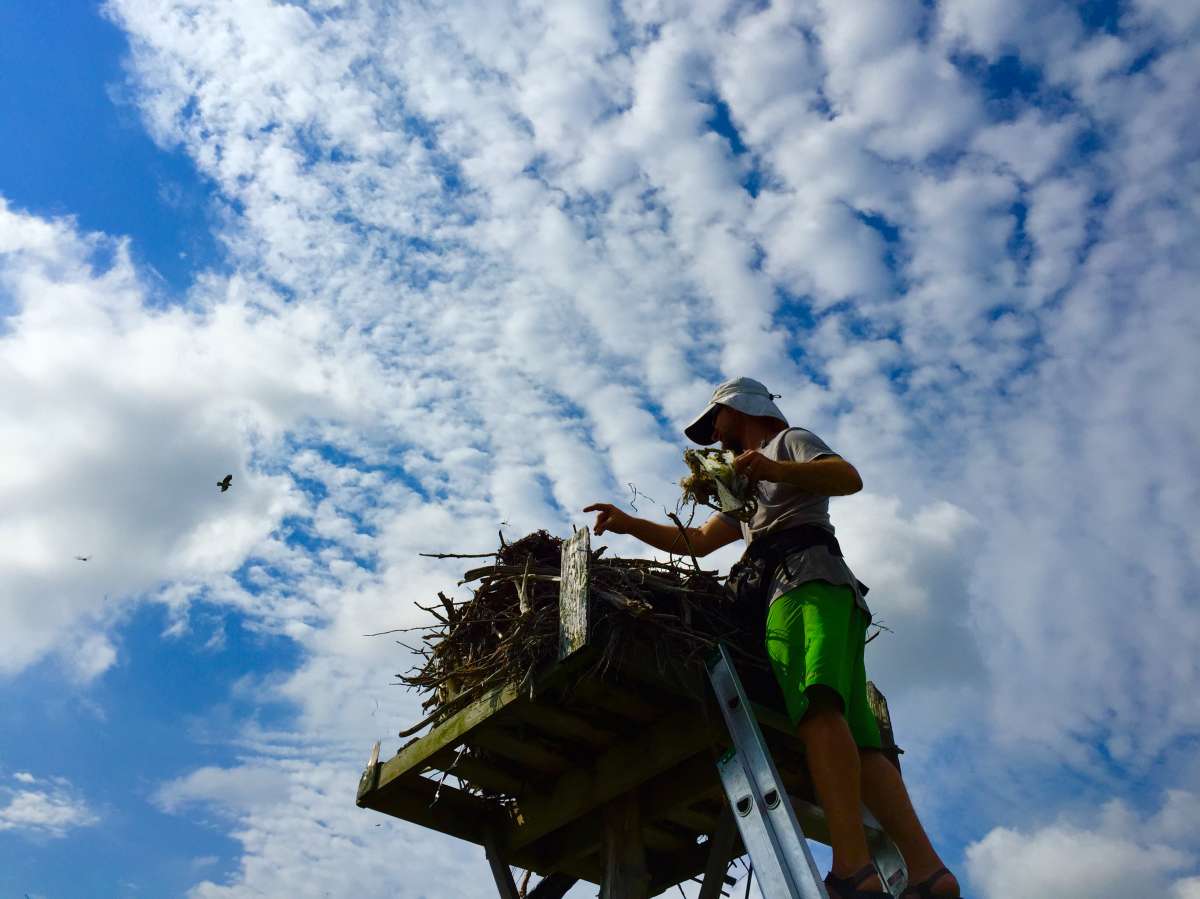
Ben Wurst removing trash from an osprey nest. (Justin Auciello for WHYY)
-

Osprey chicks huddling in the nest. (Justin Auciello for WHYY)
-

Author Justin Auciello holds an osprey chick. (Photo: Ben Wurst/CWF)
-

A little teaser of what's to come later in this gallery. This is a curious osprey nestling looking directly into the camera of CWF's Ben Wurst. (Justin Auciello for WHYY)
-
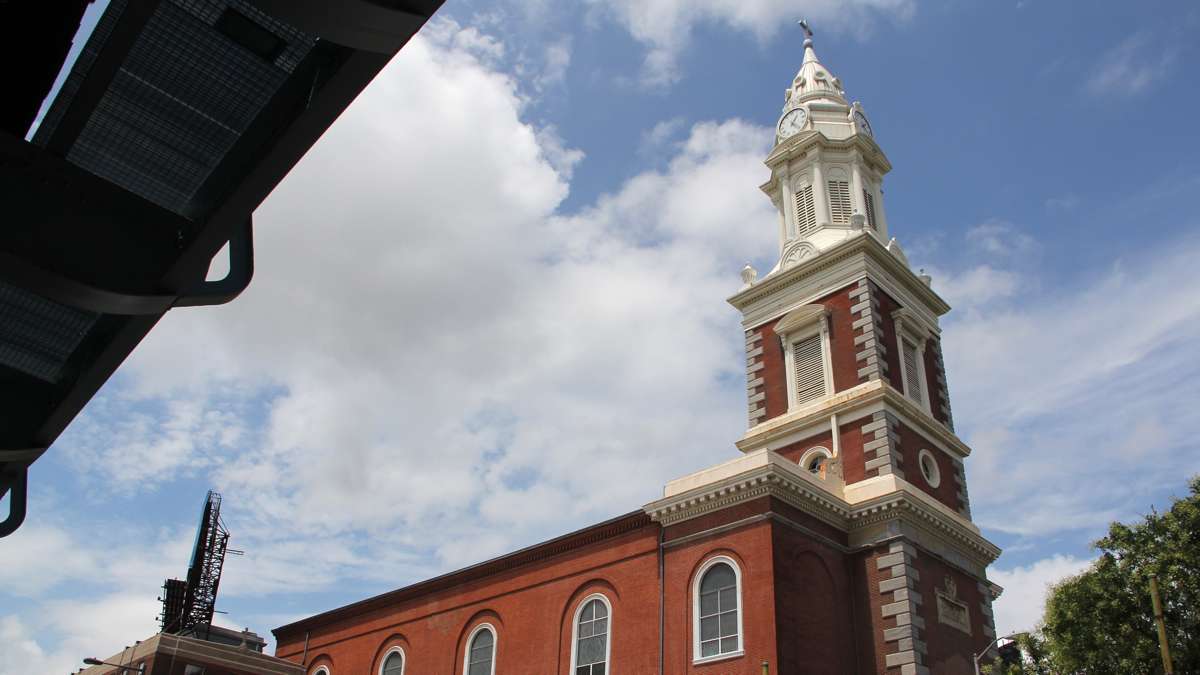
-
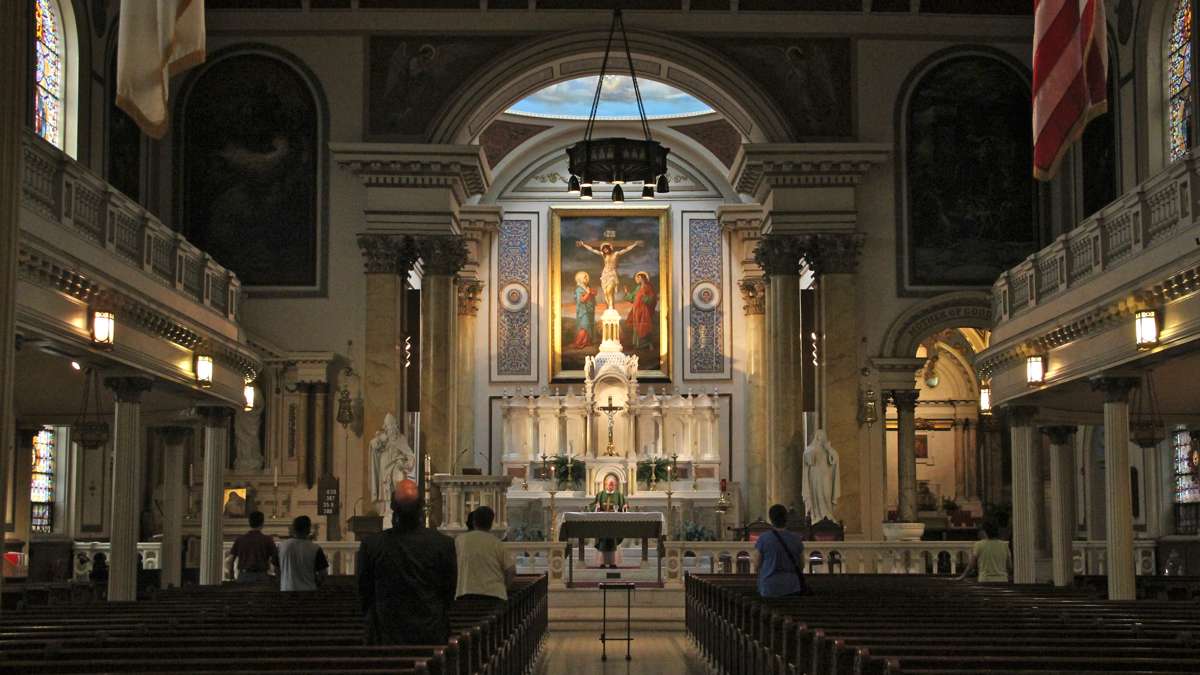
-
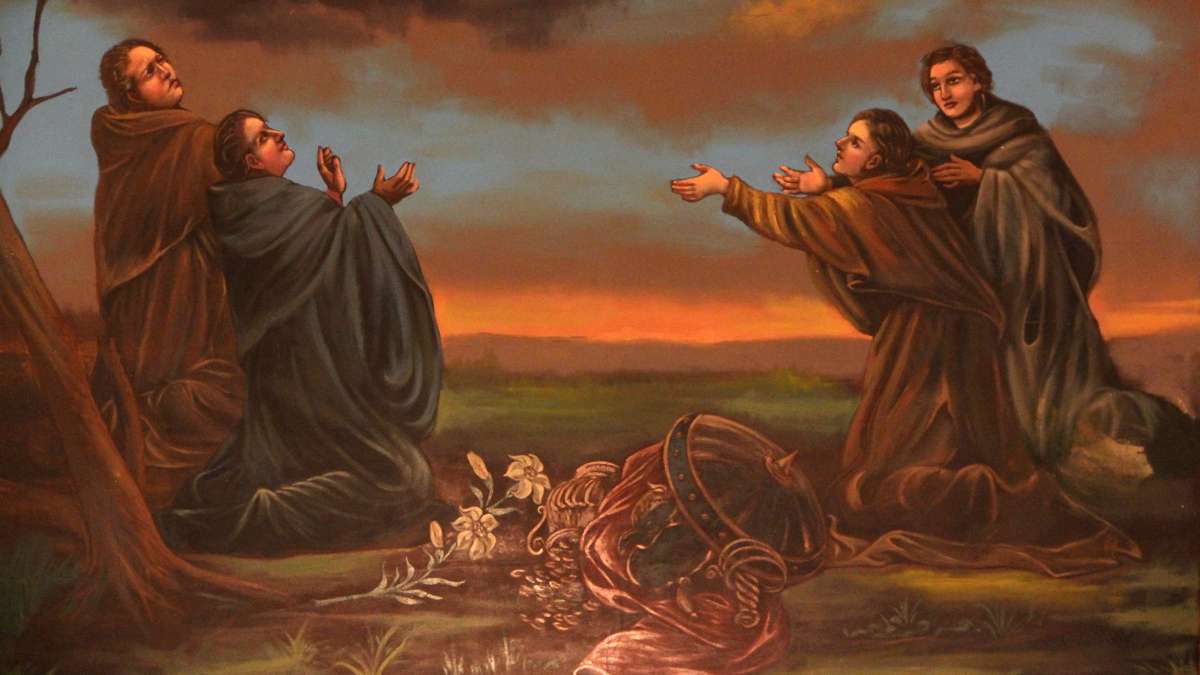
-

-
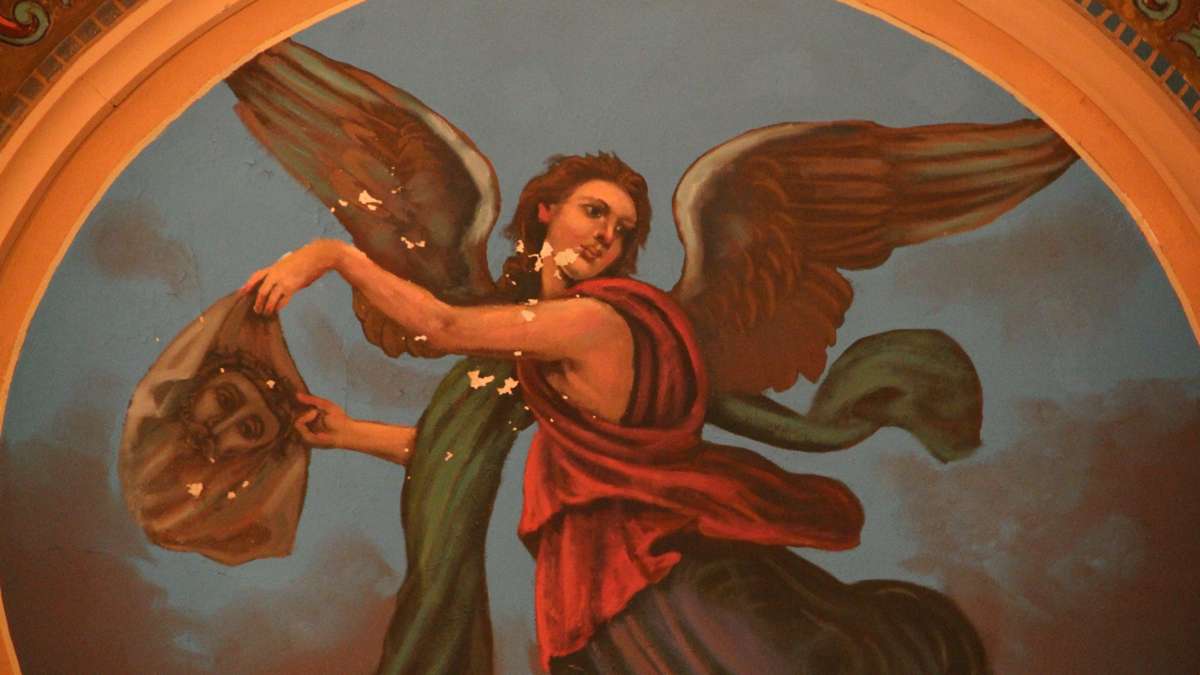
-

-
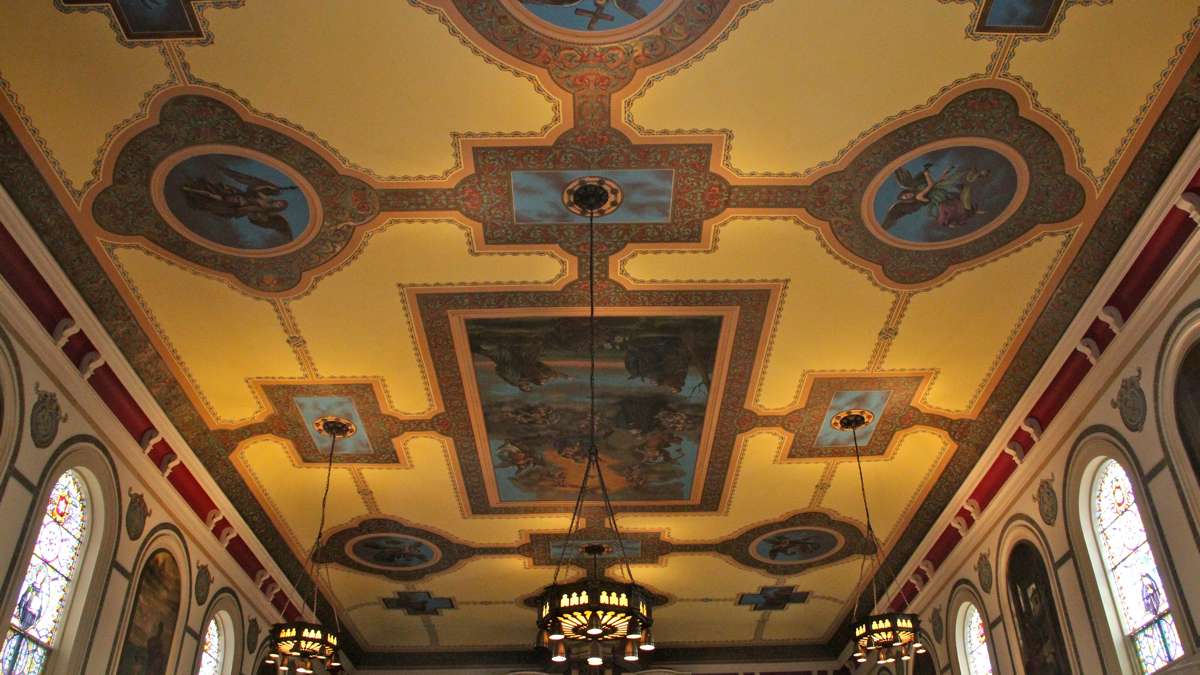
-
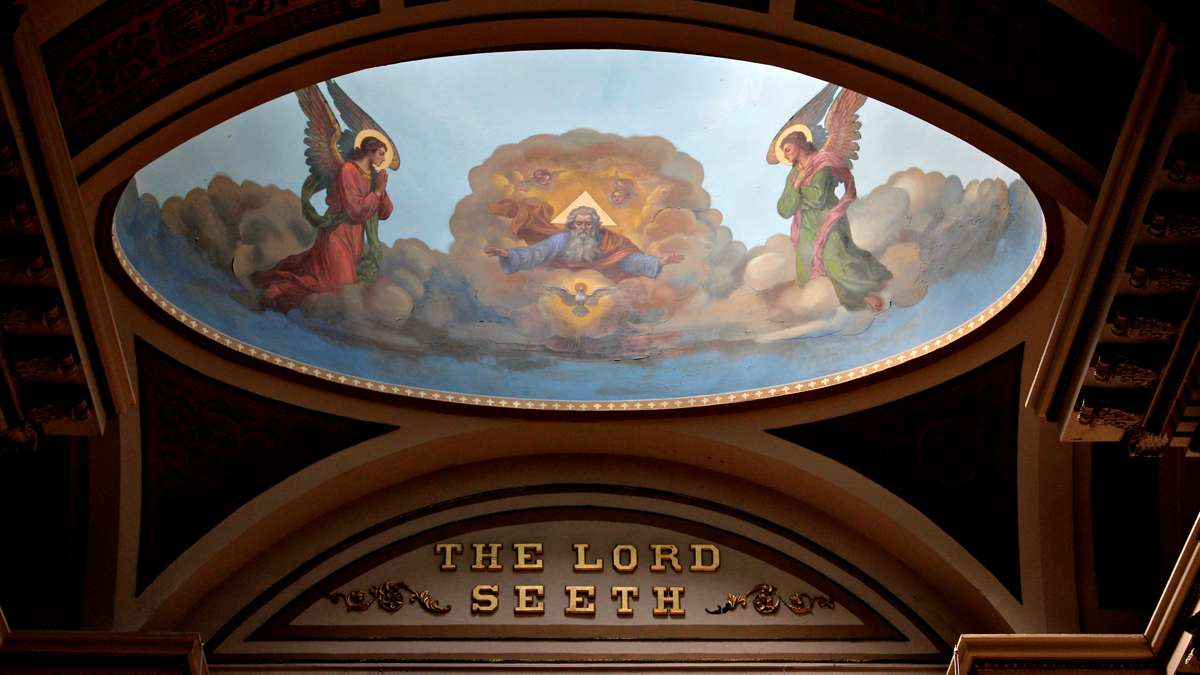
-
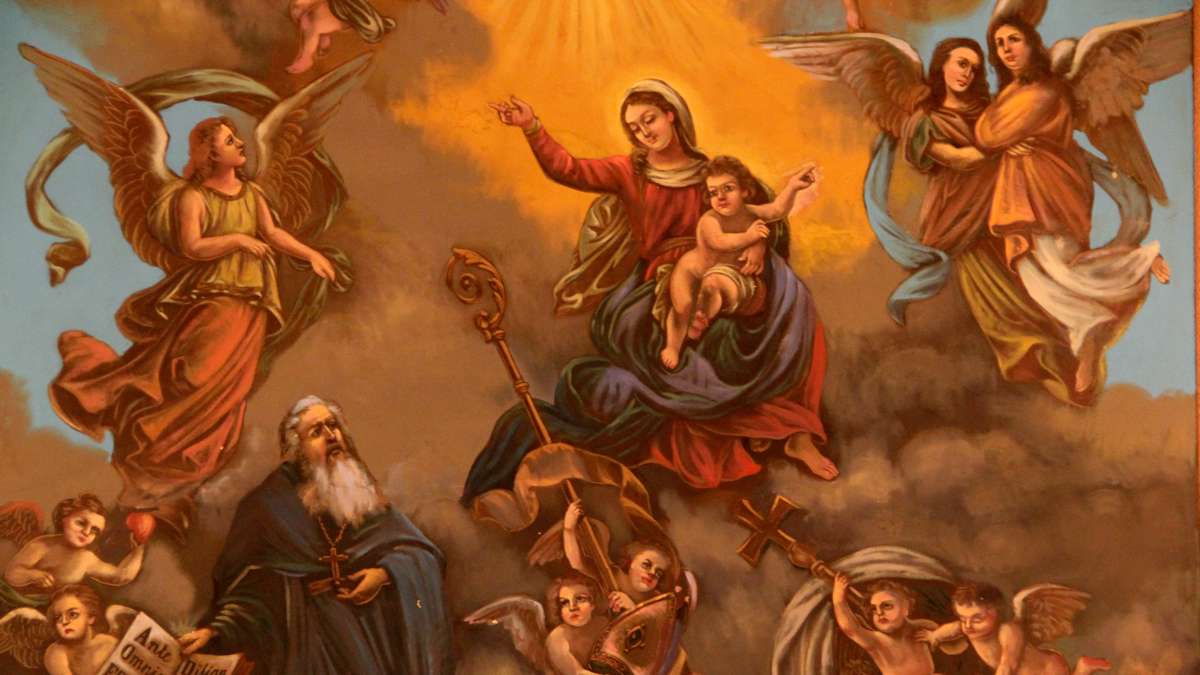
-
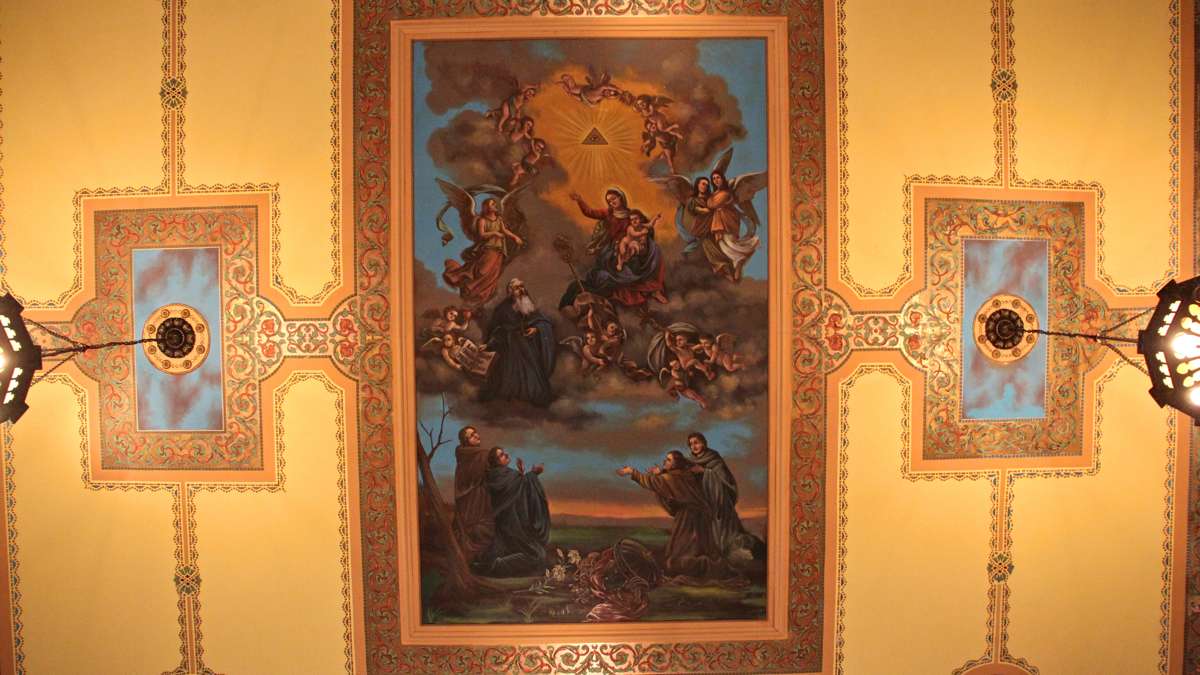
The Philadelphia Historical Commission has granted historic designation to a series of fresco paintings on the ceiling of St. Augustine Catholic Church in Old City. They are believed to be the oldest existing frescoes in the U.S.
The technique, in which pigment is applied directly to wet plaster before it dries, has been used for millennia, notably by Raphael in the Vatican in Rome in the early 16th century.
“You really need to be very skillful and work quickly to capture the three-dimensional quality, or where the light is going to fall,” said historian Celeste Morello, who lobbied the commission on behalf of the frescoes. “You have to achieve that in seconds as the plaster is drying.”
The oldest existing fresco in America is commonly thought to be under the dome of the United States Capitol Building in Washington, D.C., “The Apotheosis of Washington,” painted in 1865 by Constantino Brumidi. St. Augustine’s “Augustine in his Glory” was painted by Nicola Monachesi in 1848.
According to Morello’s research, Monachesi’s fresco is an excellent example of Italian Catholic style, after Raphael, used widely at the time.
“The types of figures, how they were placed, the arabesque – the curly decorative borders – he borrowed everything from Raphael,” said Morella. “About a decade later, those same conventions are seen in the U.S Capitol.”
St. Augustine, a small parish church at the foot of the Ben Franklin Bridge, was built in 1790, funded in part by George Washington himself. In 1844, that building was burned to the ground by an anti-Catholic mob.
It was immediately rebuilt with its distinctive spire and installed with paintings, including an eight-panel series depicting the life of St. Augustine by artist Tito Troja, the ceiling fresco depicting Augustine’s translation into heaven, and altar paintings by Philip Castaggini.
Now, the church caters mostly to Filipinos from the region and young, downtown millennials – two demographics not known to have a lot of money lying around.
Nevertheless, the historic church filled with religious art needs maintenance. Waters would like to leverage the historic designation to start an endowment for the care of the building and its art.
“I think people would want to rally around preserving it,” said Waters. “If it wasn’t such an historic thing, people wouldn’t care as much about it. Especially in a parish that can’t finance it itself.”
The building itself – whose spire is plainly visible from the Ben Franklin Bridge – already has historical protections, and a state marker posted in front. This new designation by the historical commission applies only to the ceiling paintings, which are slightly damaged.
WHYY is your source for fact-based, in-depth journalism and information. As a nonprofit organization, we rely on financial support from readers like you. Please give today.




